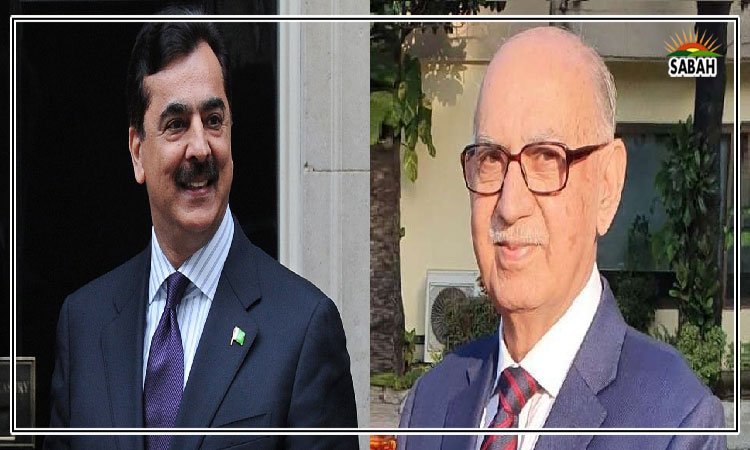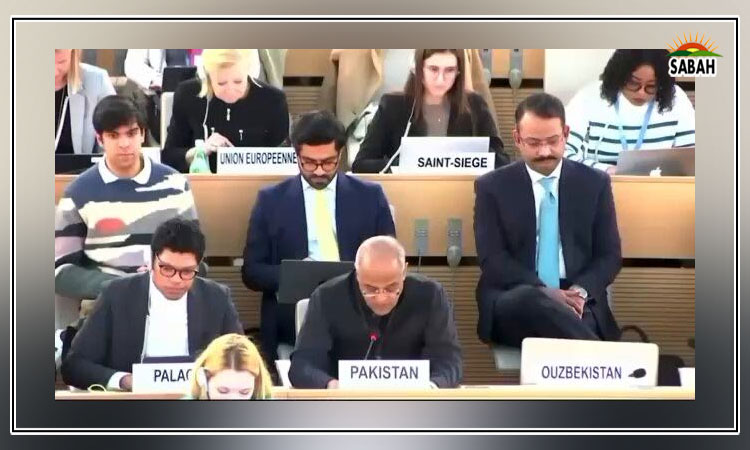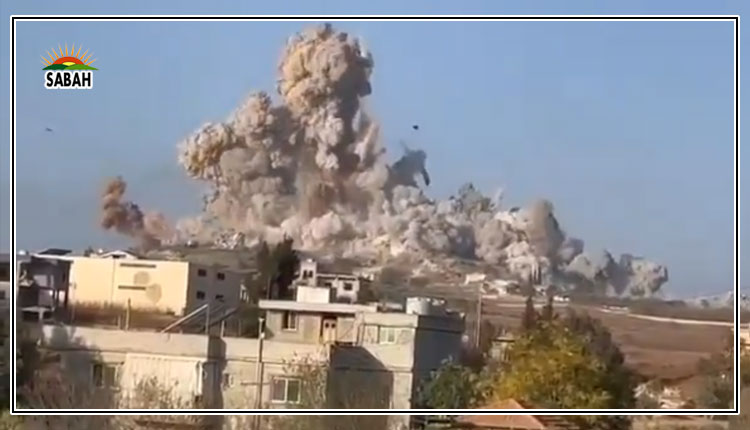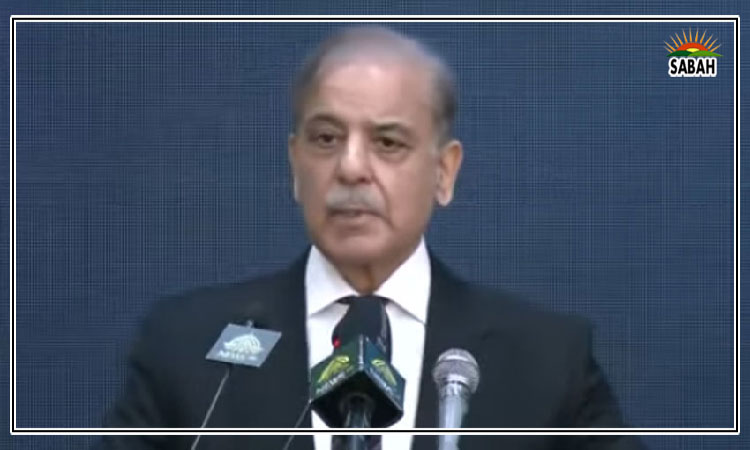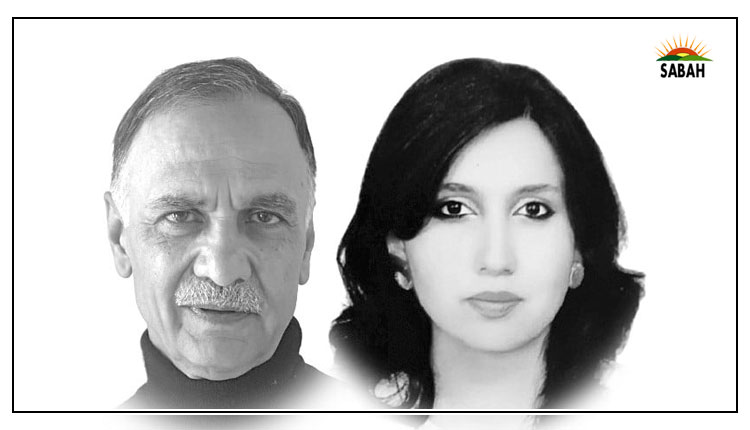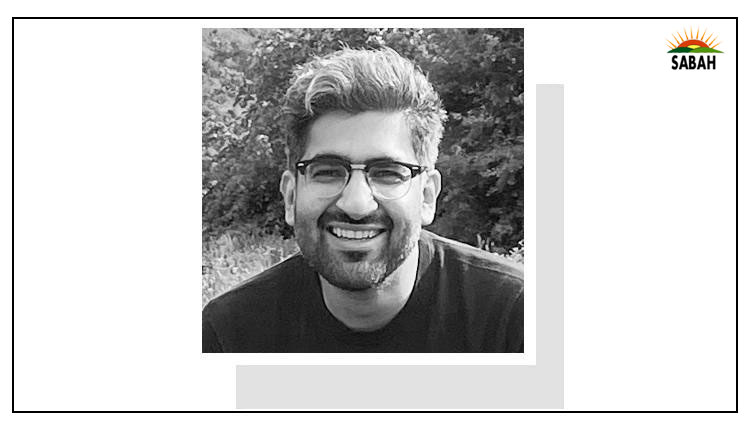Customers versus clients … Umair Javed
WHILE service delivery in Pakistan has rarely been carried out with the explicit intention of pro-poor redistribution, no domain exemplifies this trend more than urban development. If, periodically, there is at least some effort to improve public-sector health and education and make them more accessible to the poor, rarely do we see any such effort on important urban issues such as transport, clean drinking water, sanitation, solid waste management, and housing.
If anything, urban development in Pakistan is characterised by the exact opposite, ie, redistribution towards the well-off. Nothing captures this better than seven decades of housing policy. For the first few decades after statehood, much of the government’s focus in this sector was towards developing suburban land and allotting it to high- and mid-ranking state employees at low prices.
The expansion of Lahore, for example, from the 1950s to the 1990s through schemes such as Gulberg, Samanabad, Garden Town, Allama Iqbal Town, and Johar Town is characterised exactly by this distinct ‘socialism for the well-off’ phenomenon.
Since the 1990s, the state’s urban policy has fallen in line with trends of neoliberalisation elsewhere and encouraged private sector or military-run development of a type which almost exclusively caters to upper and middle-income households. Now, households with sufficient savings can invest in properties, ride speculative bubbles to make further profits, and ultimately buy plots of land when they wish to build a house.
There is something dystopic about the fact that two children born a few hundred metres apart can have drastically different biological development.
What happens to families who don’t have that initial capital to enter the private-sector housing market? Given Pakistan’s current income levels, such households naturally constitute the overwhelming majority. They are, instead, compelled to turn to alternatives, such as informal or unregularised settlements, or the housing stock, ie, homestead, of former villages that have been engulfed by expanding cities.
These settlements, and their contrast with schemes and societies developed by the private sector or the military, offer the clearest evidence of entrenched inequality in urban Pakistan. In particular, I want to focus on two inter-linked aspects of this inequality that signal a worsening trend. The first is inequality in the provision of services. And the second, and relatedly, is inequality in the form and type of citizenship that is being cultivated in Pakistani cities.
The first type of inequality, that of services, is visible to anyone who has ever stepped into an informal or ex-village settlement. Above the ground, solid waste management services rarely keep up with actual demand, green public spaces are non-existent, and road and street infrastructure often lie in poor condition.
And yet, an even bigger problem lies underneath. As excellent, recent work in low-income settlements of Lahore by Action Research Collective (ARC) shows, piped drinking water contamination is extremely widespread. Faecal matter contaminates drinking water due to a mixing with sewage lines, leading to a range of health complications.
A recent health camp carried out by ARC in a former village settlement in Lahore showed that children growing up in communities with poor water and sanitation services face serious issues of stunting and other related developmental ailments. This is backed up through research from other areas of the country by Ghazala Mansuri and others, who conclusively show that Pakistan’s stunting issue is a water and sanitation crisis, rather than one of nutrition alone.
There is, then, something truly dystopic about the fact that two children born a few hundred metres apart (such as in DHA and the homestead of a village whose agricultural land DHA is built on) can have such drastically different biological development, let alone life opportunities.
Inequality in provision of services brings us to a second type of inequality, which is that of citizenship. Since the 1990s, Pakistani cities have seen the emergence of two parallel models of urban citizenship, even though all residents are, legally speaking, citizens of the same country.
The first model of urban citizenship is what we call citizenship of customers or consumers. This type is found in planned schemes catering to high- and middle-income households. Here, delivery of basic services such as water, sanitation, and trash management, is administered through a logic of customer service. Residents of planned schemes are seen as customers. They pay some amount on a regular basis, through service fees and property taxes, and get something in return. If there is service failure of some sort, customers of these schemes can call up a helpline and shout at some low-level government or private functionary.
Hidden in this exchange are usually hefty government subsidies for richer households. These exist in the form of almost-free access to groundwater, trunk sewage infrastructure laid by the government, and car-friendly road infrastructure (flyovers, ring roads, underpasses) that connects these schemes to city centres.
The second model of urban citizenship is citizenship through patronage. This type is found in settlements of the poor, whether they are informal, unregularised, or urban villages. Here, delivery of basic services is under the logic of the election cycle. Communities reach out to local brokers, who then plead with agents and frontmen of provincial and national representatives to pave a broken road, or install street lights, or reline an open sewer.
Such interventions are carried out through discretionary grants and funds, which are occasionally released. Many issues get ignored because there is no interest, or no votes to be garnered, or no funds immediately available. Any work carried out, even something as small as replacing a street light bulb, is accompanied by pomp and ceremony. Signs are put up so that the poor know who to thank and who to remember when the next election comes.
This is the general pattern in which Pakistani cities are growing: neoliberal policies of urban development and the indifference of the state are creating privileged customers on one hand, and underserved clients of patronage on the other.
The writer teaches sociology at Lums.
X: @umairjav
Courtesy Dawn, March 18th, 2024






